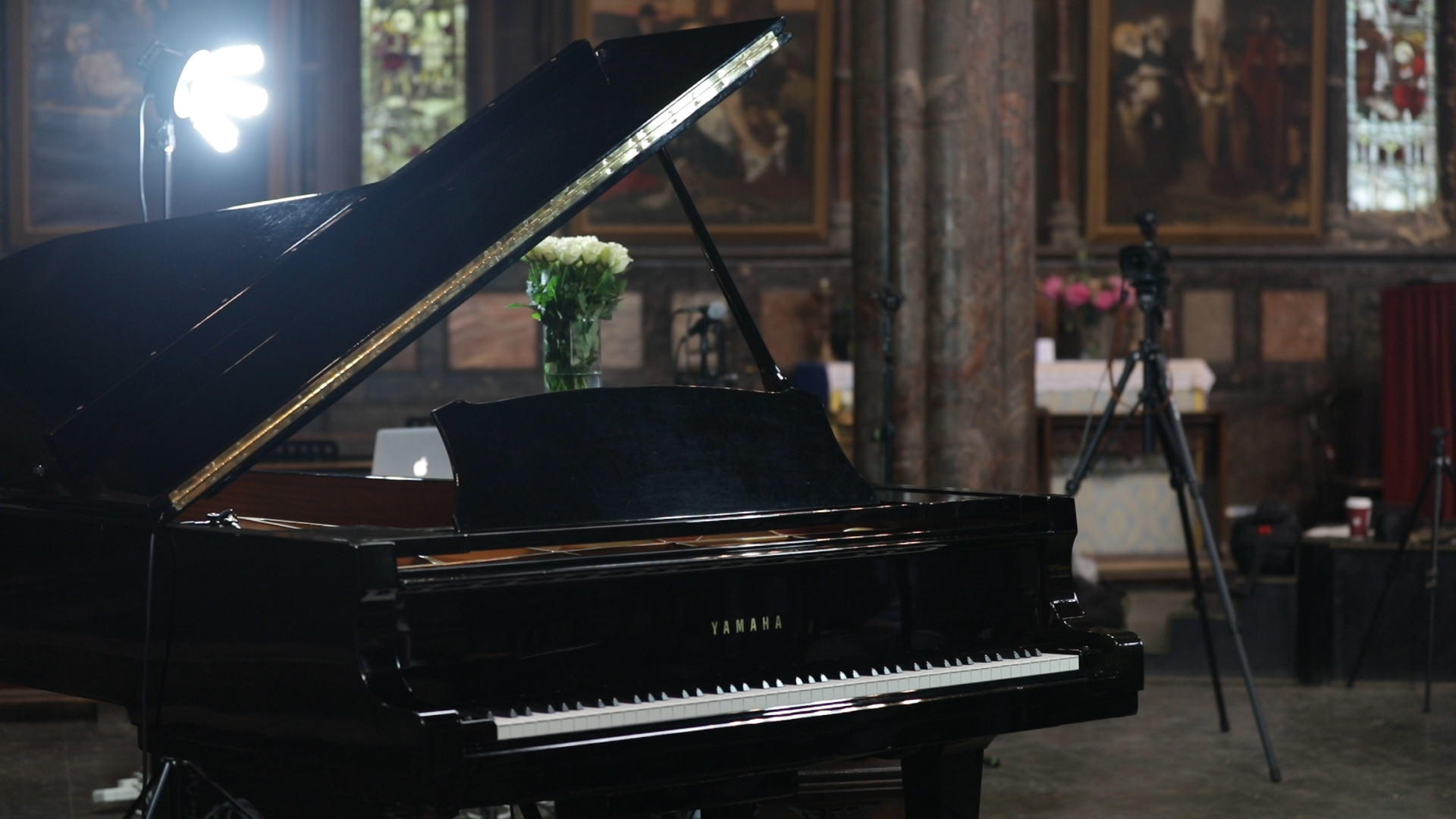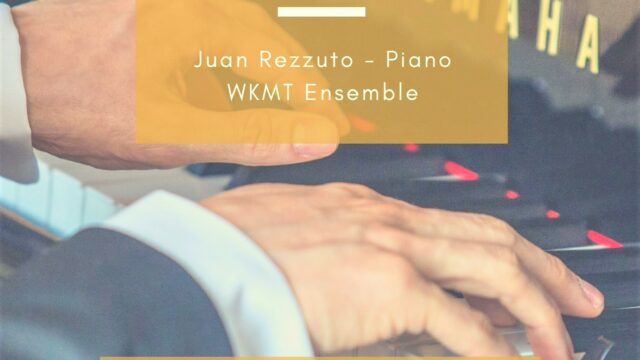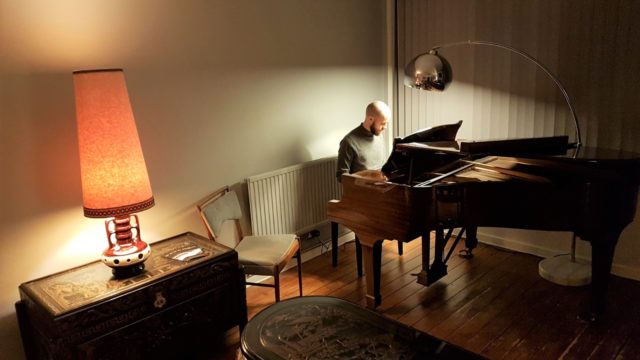Piano Pieces Analysis: Evaded cadences
Piano Pieces Analysis by WKMT: Evaded Cadences
https://www.piano-composer-teacher-london.co.uk/post/evaded-cadences
One of the most challenging aspects of studying piano pieces is the analysis of them before. All piano students complain about it, and all piano teachers complain about the lack of effort students show towards the study of the pieces.
We believe that the reason is that performers, in general, don’t possess the necessary skills to differentiate what the composer shows are essential, and what makes the listener believes is important, or structural, but in reality, is not.
For this reason, the musical analysis is paramount for any successful outcome, regarding if you are a piano student or already a professional pianist. The complete understanding of the form is what provides the material to make the right decisions performance-wise.
The evaded cadences are one of the typical examples of mistakes and misunderstanding among the students.
Generally, the standard and clearest cadences are the perfect authentic cadence. Also the plagal cadence, the deceptive cadence and the half cadence. But what happens when the composer decides NOT to go to the expected place, and instead of resolving, re-starts the material.
In some cases, the evaded cadences can be seen as “trying one more time” with the same material of the phrase. As Juan Rezzuto says in his article and lesson: “The evaded cadence, by bringing material that “backs up” projects a sense of “let’s try this one more time and see if we can finally make it to the end“.
In other cases, we can observe material being started as something completely new.
The evaded cadences must not be confused with the deceptive cadences. The last ones, in general have the effects of, as the name proposes, “deceive” the resolution (in most of the cases just to delay the final cadence)
A final note regarding the evaded cadence is that it is one of the most “dramatic” devices a composer can use in cadential situations, either by reinforcing a motive or to use it for other functions, such as extensions.






